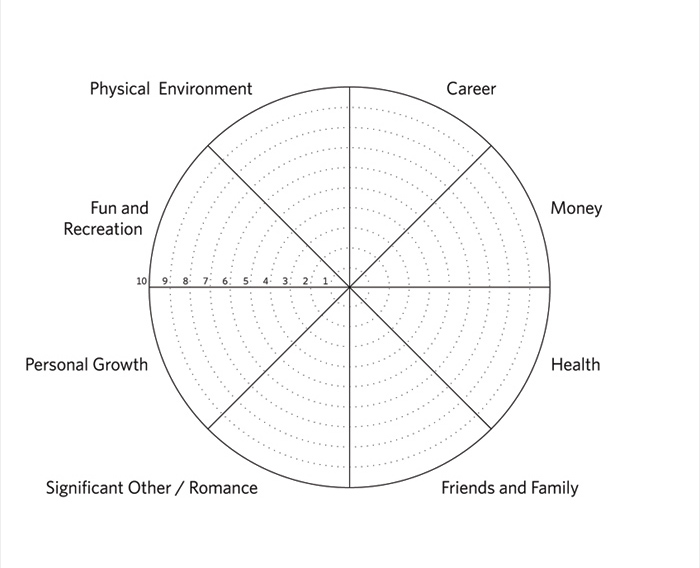
Regardless of your reason for wearing or using the Hecate’s Wheel, it is a beautiful symbol with a rich history. Hecate’s Wheel is a powerful symbol that depicts Wiccan beliefs, connection to femininity, love, knowledge and more. They sing about the Goddess, love, femininity, and life.

The symbol has various meanings and uses, with renewed modern interest. Today, the symbol is an important one among Neopagan and Wiccan groups as a meaningful pagan symbol. It’s possible that these were images of Aphrodite as there was an overlap in the depiction of the Goddesses. However, the earliest images of the Wheel are on curse tablets from 1 st century C.E. In the 5 th century B.C.E, representations of Hecate in triplicate were found, giving way to her portrayal of the stages of womanhood. This history of Hecate reflects in the uses and symbolism of the wheel symbol. Hecate was originally the guardian of the crossroads but evolved into the goddess of magic and sorcery. She is a protective Goddess who provides blessings and prosperity to the family. She is known for her Triple Goddess aspect in that she goes through the three phases of female life: Maiden, Mother, and Crone. Where this is the case, the letters T-A-R-O (clockwise) or T-O-R-A. The wheel is not always shown inscribed with any lettering. The four figures shown either climb, are at the summit, or fall, or at the bottom of a revolving wheel presided over by personified Fortuna.

Hecate was an Ancient Greek deity, the ruler of the sky, sea and earth. The Wheel of Fortune was a common allegorical symbol in European iconography. Here’s what it symbolized and why it continues to be an important symbol in the modern age. The emblem is a Wicca symbol, particularly of the Hellenic Recon and Dianic Traditions.

Hecate’s Wheel, also known as the Stropholos of Hecate, is an ancient Greek symbol used to represent the Moon Goddess Hecate.


 0 kommentar(er)
0 kommentar(er)
